In 2025, the dating app industry is more crowded—and competitive—than ever, Bumble with dozens of choices each promising new experiences and heightened security. But for privacy-conscious daters and those who value a unique, low-pressure approach, Bumble’s philosophy and features continue to set it apart.
Table of Contents
-
Introduction: Why App Policies Matter More Than Ever
-
Unique Features That Define Bumble
-
Bumble’s Messaging and Read Receipts Policy
-
Comparison Table: Bumble vs Tinder vs Hinge vs eHarmony
-
Privacy & Data Practices Across Dating Apps
-
User Experience: Control, Safety, and Empowerment
-
Bumble’s Reputation Among Users and Experts
-
Key Takeaways and Expert Tips
-
Further Reading from High-Authority Sources
1. Introduction: Why App Policies Matter More Than Ever
Every year, hundreds of millions of people turn to dating apps—often sharing personal photos, detailed bios, and intimate messages. This makes privacy policies, data handling, and user control top priorities for modern users. Bumble’s unique approach stands in sharp contrast to other industry leaders, both in terms of how conversation starts and how much pressure (or privacy) you’ll feel in your inbox.
2. Unique Features That Define Bumble
Empowering Women
On heterosexual matches, only women can send the first message, a design choice that reduces unwanted attention and gives women more control in the dating experience. For LGBTQ+ users, either match can initiate.
Time-Limited Matches
Bumble’s matches expire if no one messages within 24 hours—a subtle nudge that encourages quick, genuine engagement and minimizes ghosting.
Versatile Modes
Bumble isn’t just for dating; toggle to Bumble BFF for friendships or Bumble Bizz for networking, each requiring unique profiles and gently reinforcing the idea that meaningful connections come in many forms.
Advanced Filtering
From interests and values to lifestyle choices, Bumble enables both free and premium users to fine-tune their matches, while premium options like Incognito Mode give users major control over their audience.
3. Bumble’s Messaging and Read Receipts Policy
One of the most-asked questions:
“Does Bumble have read receipts?”
No—Bumble does not offer read receipts for any users. Neither sender nor recipient can see if or when a message was read. This is true even for premium subscribers, protecting users from the pressure to reply instantly or feel scrutinized. Instead, Bumble lets you see:
-
Delivered status (message has reached the recipient)
-
Typing indicator (when your match is actively composing a message)
Why does this matter?
Removing read receipts creates a pressure-free environment where replies are authentic, not obliged by a ‘seen’ notification. Bumble’s main competitors handle this differently:
4. Comparison Table: Bumble vs Tinder vs Hinge vs eHarmony
| Feature | Bumble | Tinder | Hinge | eHarmony |
|---|---|---|---|---|
| Who Can Initiate Chat? | Women (hetero matches) | Anyone | Either | Either |
| Match Expiration | 24 hours | No expiration | No expiration | No expiration |
| Read Receipts | No | Yes (paid, opt-in/opt-out) | No | Yes (for all) |
| Profile Types | Dating, Friends, Biz | Dating only | Dating only | Dating only |
| Data Practices | Strong, but collects | Collects a lot, can sell data | Similar | Collects for match |
| Advanced Filters | Yes (premium+) | Yes (premium) | Yes | Yes |
| Privacy Mode | Incognito (premium) | Incognito (premium) | No | No |
Key Takeaway:
Bumble and Hinge both focus on privacy by not including read receipts, while Tinder monetizes this feature as an add-on, and eHarmony offers it by default to all users.
5. Privacy & Data Practices Across Dating Apps
Privacy isn’t just about read receipts; it’s also about data collection, usage, and sharing. According to recent independent audits, nearly 88% of top dating apps—including Bumble and Tinder—were found wanting when it comes to protecting sensitive user data.
-
Bumble: Praised for clear privacy policies, user control, and empowerment—though it still collects lots of data. Data collected may include preferences, demographics, photos, and even verified biometric info for ID purposes.
-
Tinder and Hinge: Collect significant data and may require permission for geolocation. Tinder, in particular, can share some data with advertisers.
-
Security Tips: Experts recommend using phone sign-up (rather than social media), limiting what you share in your profile, and regularly reviewing app permissions.
For an in-depth, independent look at dating app privacy in 2025, consult the Mozilla Foundation’s “Privacy Not Included” project—an authoritative source for up-to-date, unbiased guidance on digital privacy.
6. User Experience: Control, Safety, and Empowerment
-
Only women message first in Bumble’s heterosexual matches, filtering out unwanted advances.
-
Incognito Mode and advanced filtering options for premium users boost privacy and help fine-tune your experience.
-
No “seen” status means less social anxiety, compared to Tinder and eHarmony, where read receipts might prompt hasty or stressed replies.
-
Match expiration encourages quicker action, leading to more authentic connections.
7. Bumble’s Reputation Among Users and Experts
Experts note that Bumble tends to attract users who value control, privacy, and empowerment—especially women and professionals open to both romantic and non-romantic connections. The lack of read receipts is regularly cited as a key differentiator that keeps the app friendly and pressure-free.
User reviews in 2025 suggest high satisfaction with Bumble’s anonymity and robust privacy controls, though some caution remains about the overall data collection practices across the industry.
8. Key Takeaways and Expert Tips
-
Bumble stands out for no read receipts, putting privacy and authentic engagement first.
-
Compared to Tinder, Hinge, and eHarmony, only Bumble and Hinge avoid “seen” status—minimizing pressure and social anxiety for users.
-
Advanced privacy features (such as Incognito Mode) and clear, transparent privacy policies ensure stronger user control on Bumble than most mainstream competitors.
-
Always limit sensitive info in your dating profile, avoid logging in with social media accounts, and review your app’s privacy permissions regularly.
Read More: How Bumble Approach Protects Your Privacy: A Comprehensive Guide
9. Further Reading from High-Authority Sources
For a deeper dive into privacy policies and best practices across all major dating apps, reference the Mozilla Foundation’s “Privacy Not Included” Project. It remains the industry’s leading, independent audit of privacy risks and user data protections in dating and social networking platforms.
By understanding the unique ways Bumble approaches privacy, messaging, and match initiation, you can make smarter choices and enjoy a safer, more empowering dating experience—no matter which app you choose

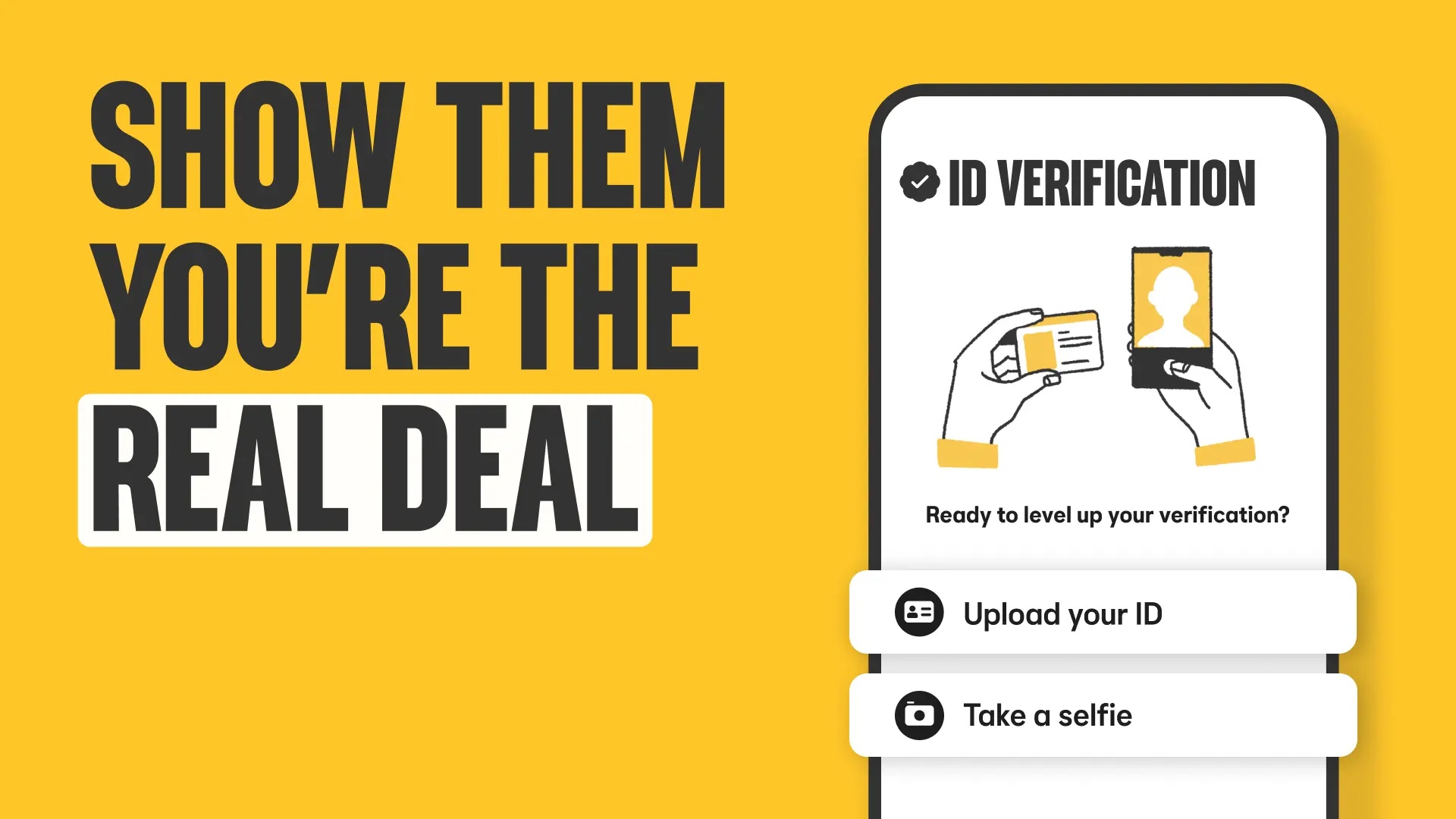

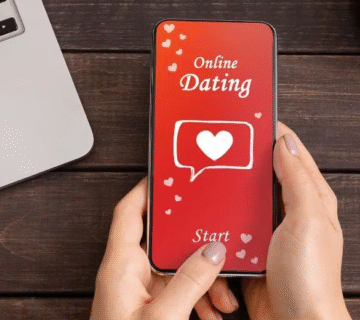

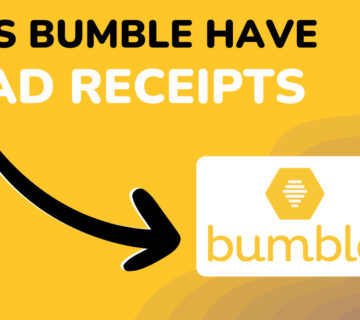
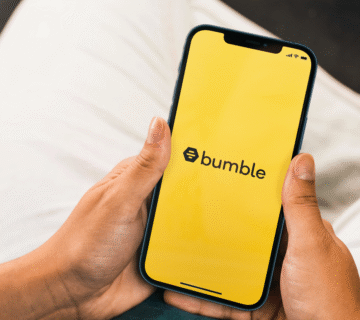
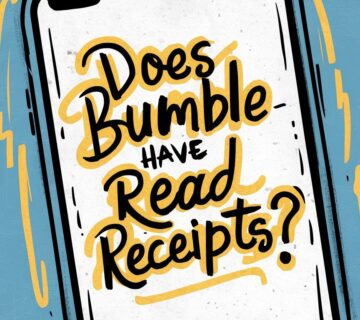
[…] Read More: Bumble Policy Compared to Other Dating Apps: A Deep Dive for 2025 […]